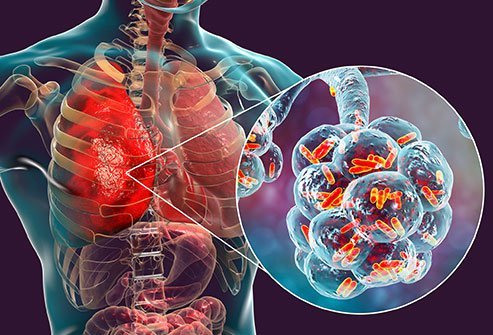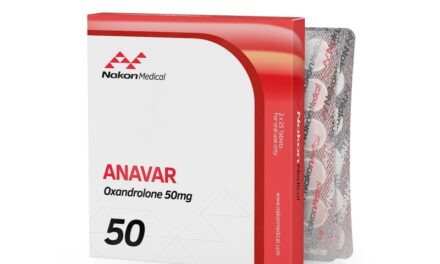When transgender and gender nonbinary persons compare how they show themselves to their gender identity, they may feel gender dysphoria. Many people use chest binding to make their presenting gender and gender identity more compatible.
Chest binding involves flattening your chest to make it appear more masculine. In the female-to-male transition, this is a common phase. Chest binding is done in various ways, but it’s critical to use vigilance when doing so.
Why People Use Chest Binding?
There are many reasons why people bind their chests.
Some of the more prominent reasons include:
- To minimize or conceal one’s chest to appear slimmer.
- For the treatment of gender dysphoria, including chest dysphoria and social dysphoria
- to promote mental health
- for drag, role-play, or cosplay
- to affirm gender identity or expression
- aesthetic preference
- to fit into clothes designed for “men” with more ease
- to present or be perceived as masculine or a man
Methods
Chest binding is done in a variety of ways. Among the most frequent are:
- Traditional sports bras
- Athletes commonly use compression shirts to support and enhance blood flow to their upper body muscles.
- Binders are tops made primarily for chest binding. From basic cloth bands that go over the chest to T-shirts with built-in compression, they come in a wide range of styles.
- Trans tape is a sticky one-sided wide tape comprised of cotton and spandex. Trans tape, like kinesiology tape, may be trimmed to fit a person’s physique.
Health Hazards with Chest Binding
Physical
While we lack extensive research on the physical outcomes associated with chest binding, anecdotal and preliminary research suggests various effects. They include:
- Pain and discomfort in the back, chest, shoulders, and breasts
- Dermatological symptoms include acne, itch, rash, lesions, infections, reduced skin elasticity.
- Shortness of breath
- Overheating
- Lightheadedness and dizziness
- Numbness and impaired circulation
- Worsening of existing conditions, including asthma or respiratory infections
Skin and Tissue-Related Issues
The most frequently identified side effects of chest binding are related to skin and breast tissue:
- Bacterial infections.
- Fungal infections.
Respiratory Issues
Another typical adverse effect is shortness of breath, which is more likely in overweight or have big breasts. Cough and respiratory infections like pneumonia are two less common respiratory problems.
It’s more difficult to breathe when you have a limiting apparatus around you. People with asthma or respiratory issues should avoid binding during an acute sickness and instead wear various clothing – presumably, ones that still allow them to be themselves.
Musculoskeletal Issues
Chest compression that is too tight or too frequent might have serious consequences:
Muscle mass loss is a common condition.
- Changes in posture.
- Fractures of the ribs.
- Shoulders are popped.
Prevention
Chest binding does not have to be harmful to your health.
Keep these pointers in mind if you’re thinking about chest binding or have experienced adverse effects from binding:
Use a chest binder created expressly for that purpose: It’s probably the most comfortable, effective, and secure alternative.
According to research, invest in a sports bra: Sports bras are less likely to create difficulties and may be less expensive than binders. You might not get as much flattening as you’d want, though. Never bind your chest with duct tape or plastic wrap. These goods are highly prone to cause adverse effects.
Don’t size down: To flatten your chest as much as possible, you may be tempted to wear a binder or other clothing that is too small or to wrap trans tape too tightly. However, you face a risk of skin damage, discomfort, and respiratory issues if you do so.
Size Up: While you are physically active, a chest binder that is somewhat larger than the one you wear when you are not exercising will allow your chest and lungs to expand.
Give your body a break: Many doctors recommend that you wear your binder for no more than eight hours per day and that you take at least one day off each week. When wearing a binder for longer periods, take a few moments to breathe deeply. It might be done, for example, during restroom breaks.
Sleeping in a binder is not a good idea: It will lengthen the time your chest, back, and lungs are squeezed, putting you at risk for adverse effects.
Keep it tidy: Wash and air dry your binder regularly to remove microorganisms that might cause a skin infection.
Conclusion
The best way to safely confirm your gender or gender expression it’s crucial to discuss the advantages and dangers of chest binding with your pulmonologist doctor in Karachi. Understanding will assist you in navigating the realm of chest binding in a way that is unique to you.
Frequently Asked Questions (FAQs)
1- What are the risk factors of wearing a binder?
These are some of them:
- Restriction of breathing.
- Skin irritation.
- Breaking of skin around the edges of the binder.
- Bruise or fracture your ribs.
2- Does chest binding reduce breast size?
Binding involves wrapping material tightly around the breasts to flatten them. It will not shrink breast tissue or prevent the breasts from growing, but binding can help the breasts look smaller and make them feel more comfortable.
3- Can binding cause breast cancer?
There is no ample research to suggest that wearing a binder will increase your risk of breast cancer Read More.






